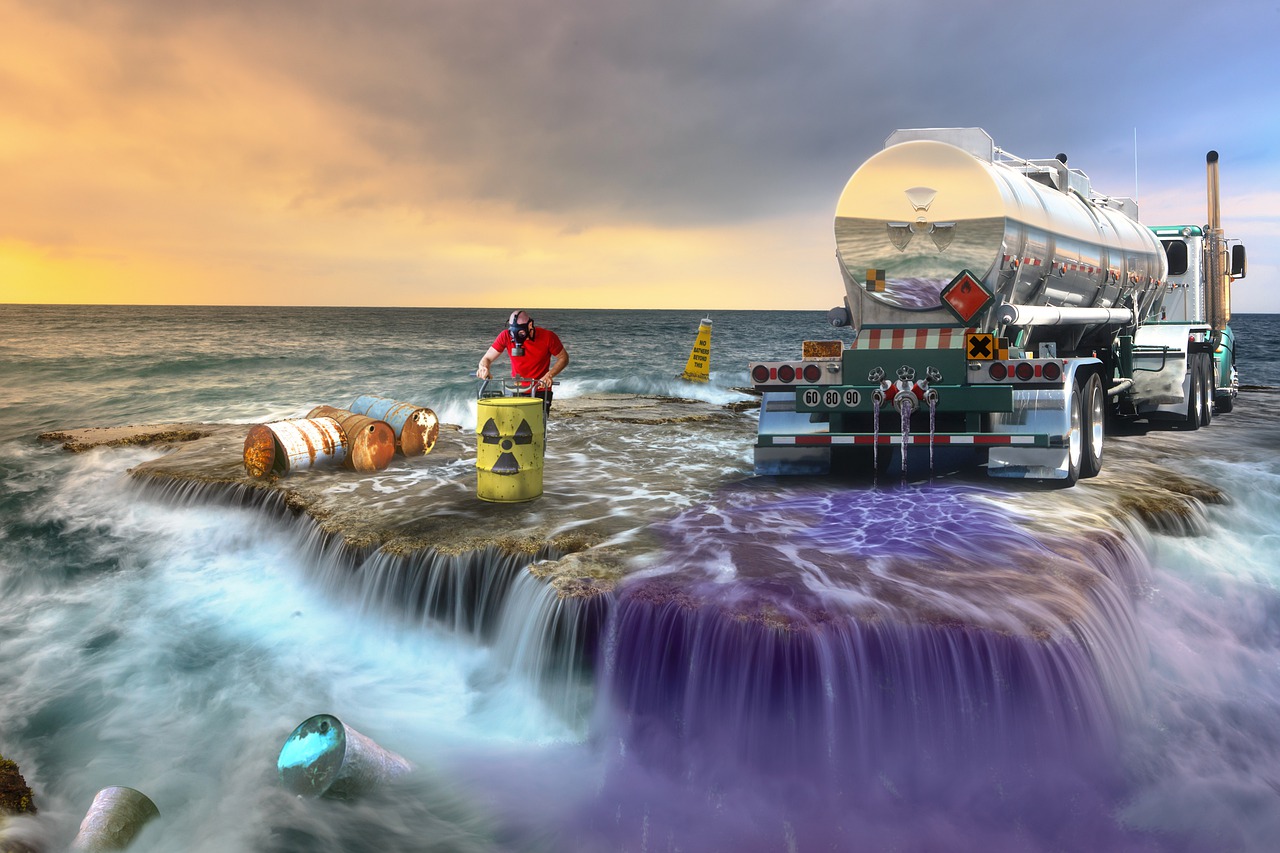Let’s talk pollution
The major cause per minute
March 21, 2018
In North Alabama, 1990, a campaign called “Auntie Litter” was started to help educate students about the importance of clean environments in their community. The basic concepts with the pollution issues in the world have changed little, and now there is a “next generation†superhero, Mr. Eco (Brett Edwards). Mr. Eco creates environmental raps on his YouTube channel “MrEcoOfficial†which catches the eyes of 1,500,000 viewers. He believes change begins with the youngest members of society. Combing self-compassion and hip hop to advocate at elementary assemblies, he has performed in 420+ schools in 5 countries in front of 240,000 students.
But these two examples are not the only efforts out there to raise awareness for the pollution going on. There are more. In fact, there are countless campaigns and numerous movements advocating to reduce pollution in the world.
To be a positive influence and inspire others in raising awareness, then set an example!
Quit littering and encourage others to do the same. It takes everyone to make a difference.
People hear the term “pollution†constantly – whether in school, watching documentaries or reading informational pamphlets. With global warming taking center stage and becoming a prominent issue, pollution has become one of the most important problems that is now being tackled at a global level.
Pollution can be defined as the introduction of contaminants to the natural environment, where the environment is affected negatively by the actions of humans. Pollution can take any form including chemical substances, heat, light, noise or energy.
To make it easier to distinguish, pollution has divided into six categories by the scientific community:
-
land pollution
-
water pollution
-
air pollution
-
thermal pollution
-
light pollution
-
noise pollution

Pollution is the process of making land, water, air, or other parts of the environment dirty and unsafe or unsuitable for use. This can be done through the introduction of a contaminant into a natural environment, but the contaminant does not need to be tangible. Things as simple as light, sound and temperature are considered pollutants when introduced artificially into an environment.
Found all over the planet, lakes and rivers have become a central part of life because they have been easy to use; they have also been easy to abuse. Many lakes and river have been warmed by pollutants, trash and chemicals, that change water’s natural balance. For centuries, humanity has treated Earth’s rivers and lakes as giant sewers for waste disposal. One of global society’s biggest contamination problems is resulting in marine wildlife.
Every year, 28-billion pounds of plastic ends up in the oceans.
Seals, turtles and other wildlife get caught in discarded fishing gear and other types of trash and die trying to free themselves. Dolphins mistake plastic bags for their next meal and die eating them. Fish ingest deflated balloons and choke to death.
Because of this, many wildlife animals are facing extinction.
But it does not need to be this way. If humanity acts now to reduce plastic in the ocean by 45%, this will help to save ocean life, making the oceans cleaner and the earth healthier.
After all, this is a place that all animals call home.
